MIT’s Technology Review recently published this relatively unnerving finding (it would be more unnerving if the hypothetical event wasn’t 1.5 million years in the future):
An orange dwarf star called Gliese 710 is heading our way and will
arrive sometime within the next 1.5 million years.Of course, trajectories are difficult to calculate when the data is
poor so nobody has really been sure about what’s going to happen.What the new data has allowed Bobylev to do is calculate the
probability of Gliese 710 smashing into the Solar System. What he’s
found is a shock.He says there is 86 percent chance that Gliese 710 will plough
through the Oort Cloud of frozen stuff that extends some 0.5 parsecs
into space.That may sound like a graze but it is likely to have serious
consequences. Such an approach would send an almighty shower of comets
into the Solar System which will force us to keep our heads down for a
while. And a probability of 86 percent is about as close to certainty as
this kind of data can get.
The article is a bit sparse on details, but you can read the rest here.
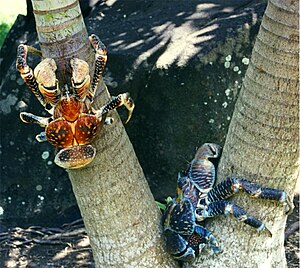
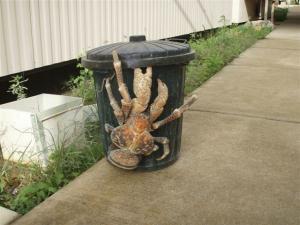
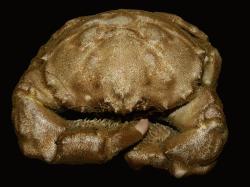

![Reblog this post [with Zemanta]](http://img.zemanta.com/reblog_e.png?x-id=28b17655-c981-43bb-838b-07aef2266c04)
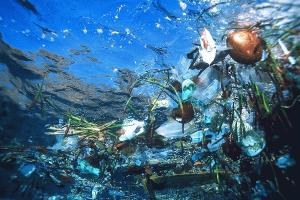
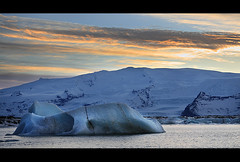
![Reblog this post [with Zemanta]](http://img.zemanta.com/reblog_e.png?x-id=08c87dba-5e54-474c-9977-44cc961934be)

